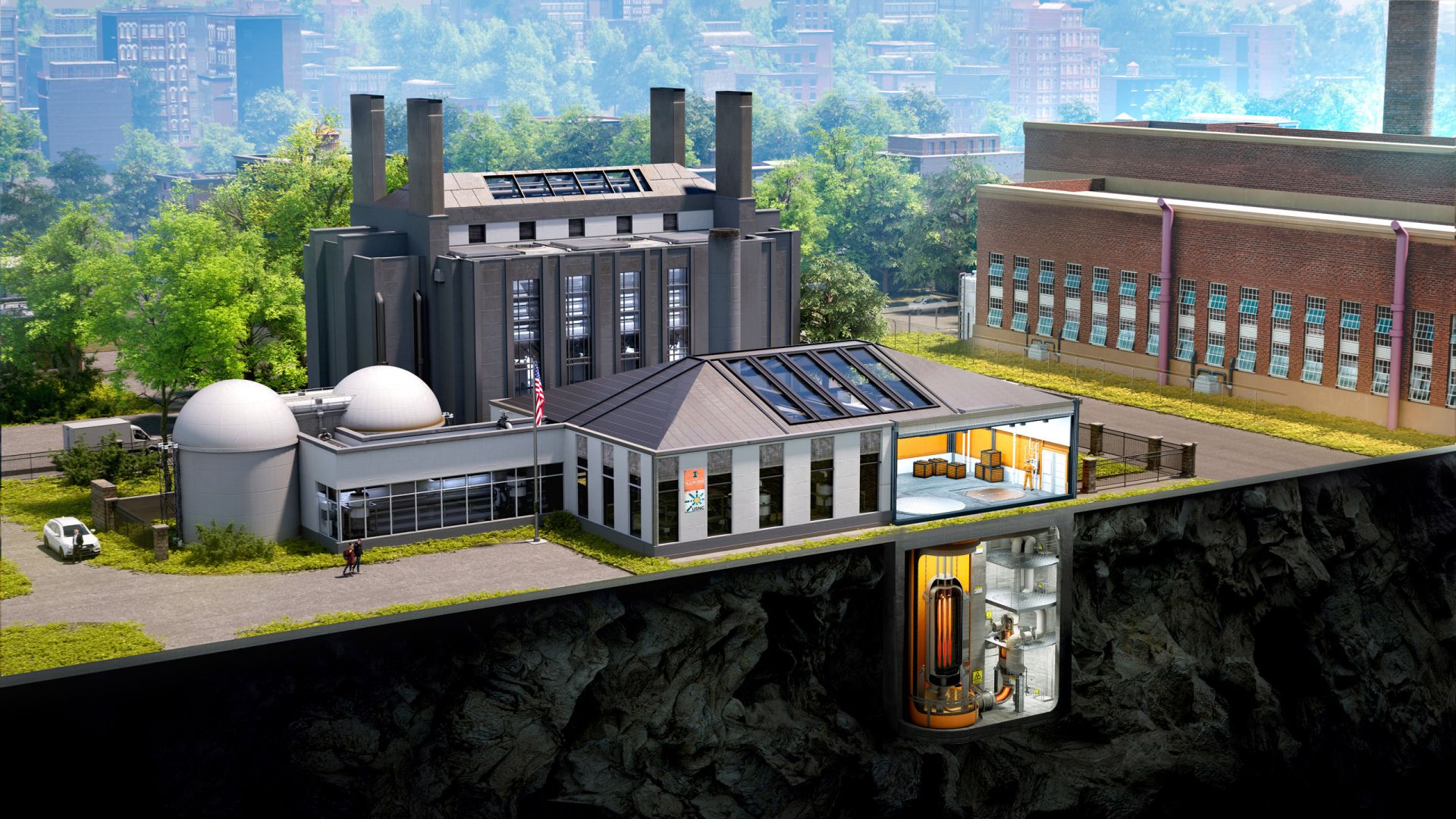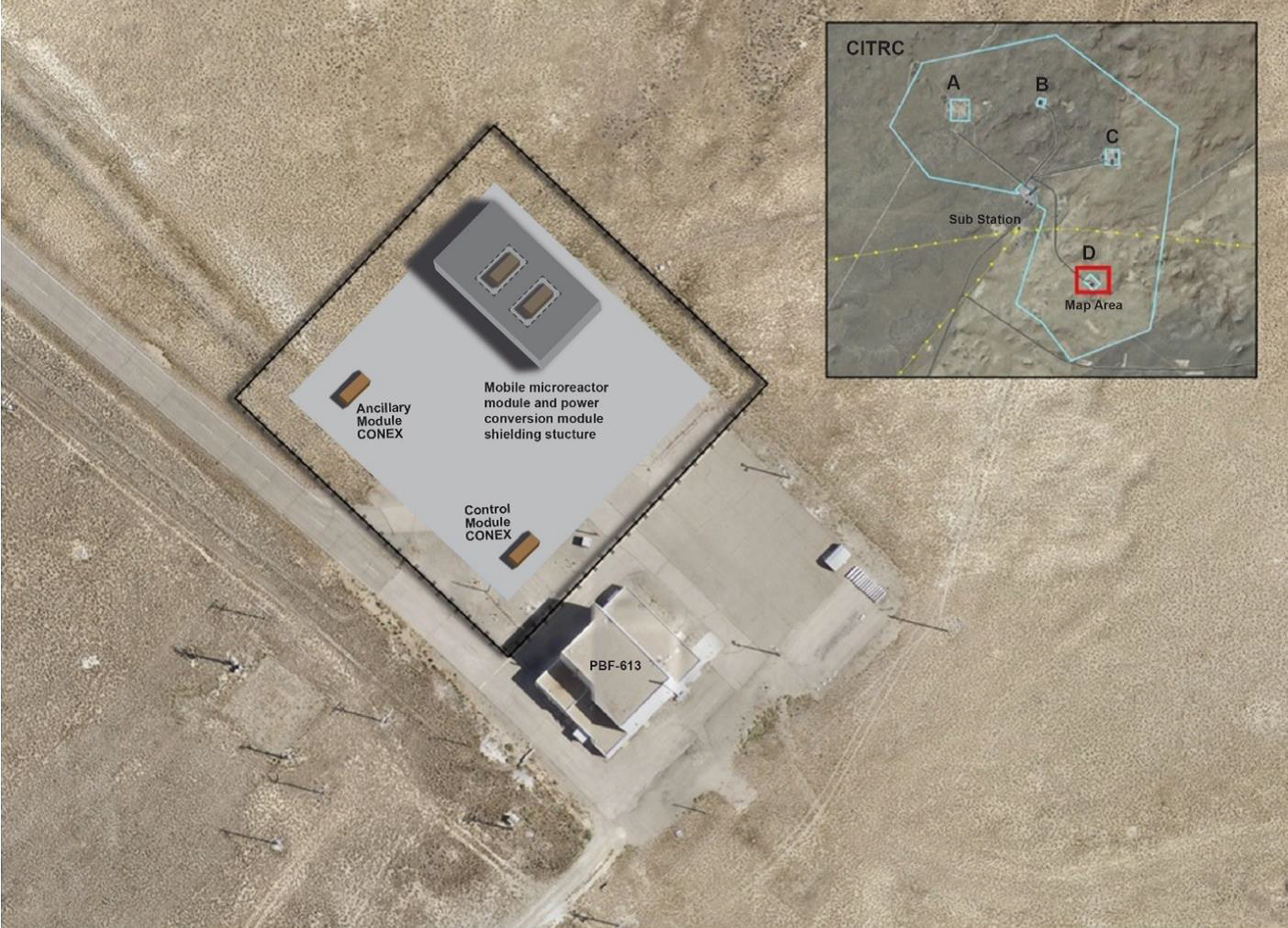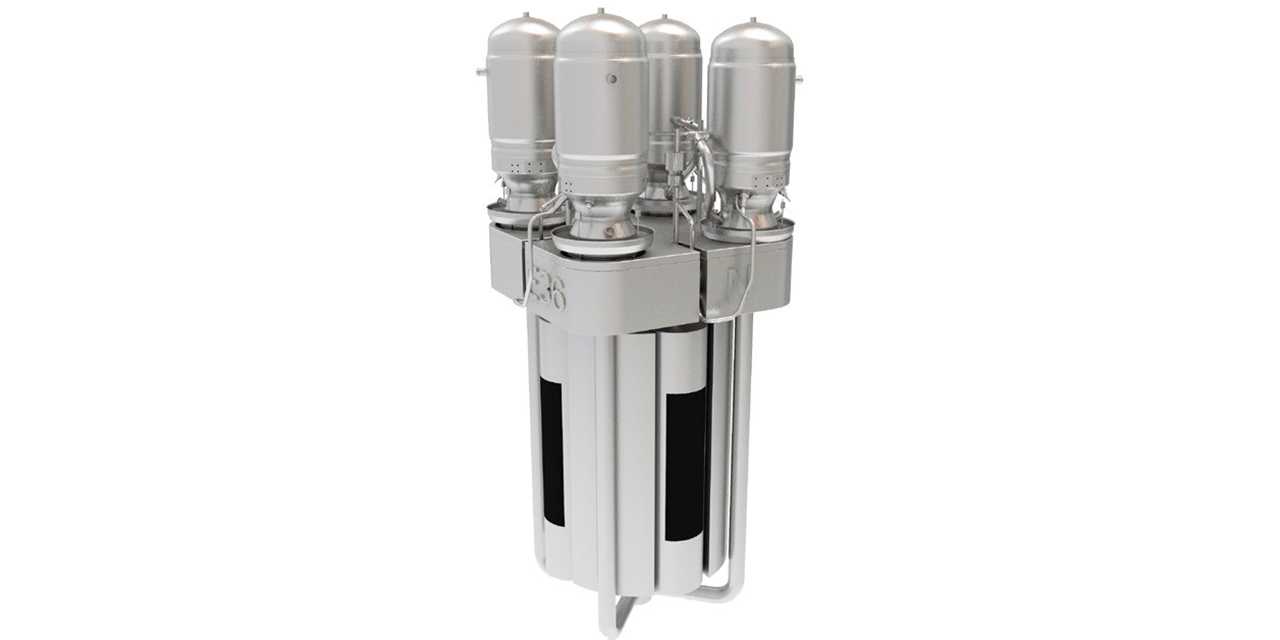Rory O’Sullivan, Moltex Energy’s chief executive officer, North America, speaks at the SNC-Lavalin/Moltex partnership announcement ceremony at CNA2022.
SNC-Lavalin and Moltex Energy are partnering to advance the development and deployment of small modular reactor technology in Canada, the companies announced last week at the Canadian Nuclear Association’s 2022 conference in Ottawa, Ontario. The partnership will support Moltex as it pursues the licensing and construction of its 300-MW Stable Salt Reactor–Wasteburner (SSR-W), a molten salt reactor that uses nuclear waste as fuel.
The Project Pele microreactor will be fueled by TRISO fuel particles like those shown here. (Photo: INL)
François-Philippe Champagne, Canada’s minister of innovation, Science, and Industry (center, foreground), visited Westinghouse Electric Canada’s Burlington, Ontario, facility for the March 17 announcement. (Photo: Westinghouse)
The Canadian government has announced an investment of C$27.2 million (about $21.6 million) in Westinghouse Electric Canada to support the development of the company’s eVinci microreactor technology.
François-Philippe Champagne, Canada’s minister of Innovation, Science, and Industry, made the announcement on March 17 during a visit to the company’s Burlington, Ontario, facility.
An illustration of a potential mobile microreactor site at Test Pad D in INL’s Critical Infrastructure Test Range Complex for the grid operation phase of Project Pele. (Image: DOD)
The U.S. Department of Defense (DOD) is looking to reduce its reliance on local electric grids and diesel-fueled generators at military installations. Project Pele is designed to demonstrate the technical and safety features of mobile microreactors capable of generating up to 5 MWe.
This image is described by the Alaska Center for Energy and Power as a conceptual layout of a generic small modular reactor or microreactor. (Image: ACEP)
Alaska Gov. Mike Dunleavy (R.) introduced “An act relating to microreactors” (SB 177) in the Alaska state legislature on February 1 that would modify existing state law on nuclear energy by specifying that microreactors are not subject to certain nuclear reactor siting and permitting regulations in Alaska. The bill defines a microreactor as an advanced nuclear fission reactor that would be capable of generating no more than 50 MWe.
An artist's rendition of Oklo’s Aurora powerhouse. (Image: Gensler)
The Nuclear Regulatory Commission has denied “without prejudice” Oklo Power’s application to build and operate its Aurora microreactor in Idaho, the agency announced yesterday. The denial, according to the NRC, is due to the California-based firm’s failure to provide sufficient information on several crucial topics regarding the Aurora design.
eVinci micro reactor core, (Illustration: Westinghouse)
A recently completed feasibility study by Westinghouse Electric Company and Bruce Power concludes that the eVinci microreactor is capable of providing cost-competitive clean energy to decentralized, off-grid markets in Canada.
An F-35A Lightning II takes off from Eielson Air Force Base in Alaska on July 1, 2021. (Photo: U.S. Air Force/Airman 1st Class Jose Miguel T. Tamondong)
The Department of the Air Force has selected Eielson Air Force Base as the site of a stationary microreactor that “will provide the installation with a clean, reliable, and resilient nuclear energy supply technology for critical national security infrastructure,” the department announced on October 15.
The U.S. NRC headquarters.
The staff of the Nuclear Regulatory Commission recently released a draft white paper outlining strategies for streamlining microreactor licensing. The paper is to be used to facilitate discussion at an upcoming advanced reactor stakeholder public meeting.
“This paper,” the document emphasizes, “has not been subject to NRC management and legal reviews and approvals, and its contents are subject to change and should not be interpreted as official agency positions.”
A rendering of Ultra Safe Nuclear Corporation’s micro modular reactor as proposed for construction on the University of Illinois at Urbana-Champaign campus. (Graphic: USNC)
The U.S. state with more nuclear power plants than any other—Illinois—has no operating university research reactors. A team at the University of Illinois at Urbana-Champaign (UIUC) intends to reverse that situation and construct a high-temperature gas-cooled microreactor. If the team's plans go ahead, the first new U.S. university research reactor deployment in about 30 years could also support commercial advanced reactor deployment.
The MARVEL reactor concept with Stirling engines. (Image: DOE)
Artist’s rendering of the MMR project. (Image: USNC)
Global First Power’s (GFP) Micro Modular Reactor (MMR) project has moved to the formal license review phase with the Canadian Nuclear Safety Commission (CNSC), becoming the first small modular reactor to do so.





.jpg)









 A recently released technical report from Idaho National Laboratory finds “significant potential” for deploying microreactors on a global scale, but also “significant challenges in achieving the technical capacities, meeting regulatory requirements and international accords, achieving competitive costs, and for gaining public acceptance.”
A recently released technical report from Idaho National Laboratory finds “significant potential” for deploying microreactors on a global scale, but also “significant challenges in achieving the technical capacities, meeting regulatory requirements and international accords, achieving competitive costs, and for gaining public acceptance.”



